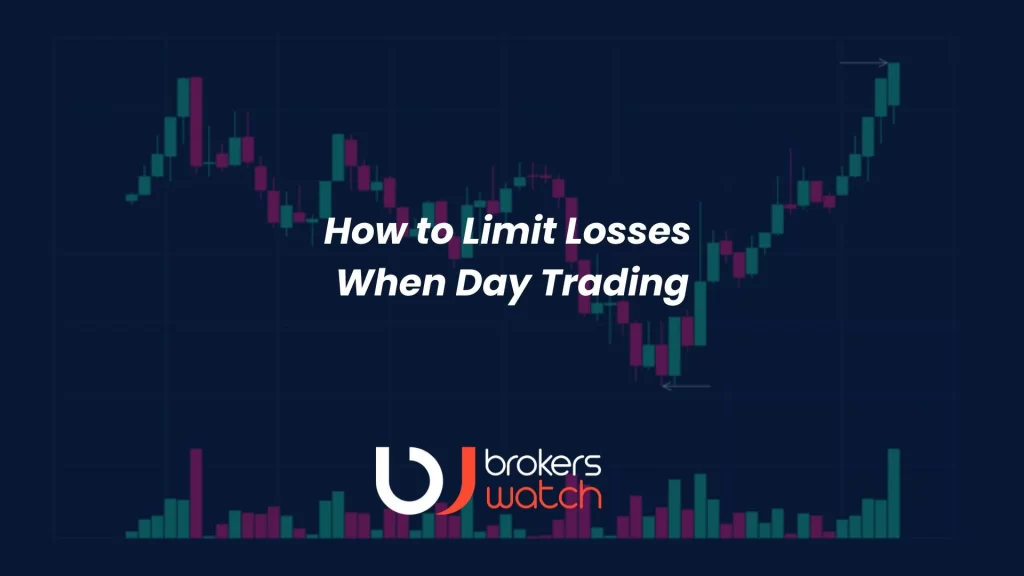How to Limit Losses When Day Trading
Stop-Loss Orders
It’s vital to characterize precisely the way that you’ll limit your trade risk. A stop-loss order is intended to restrict loss on a position in a security.
For long positions, a stop-loss can be set under a new low and for short situations, over a new high. It can likewise be founded on unpredictability.
For instance, on the off chance that a stock cost is moving about $0.05 a minute, you could put in a stop-loss request $0.15 away from your entrance to give the value a space to change before it moves in your expected direction.
If buying a breakout from a triangle pattern, a stop-loss order might be set up $0.02 below a recent swing low or $0.02 below the pattern itself.
You could also set two stop-loss orders:
#1. At a price that fits your risk tolerance, place a real stop-loss order. In essence, this level would be equivalent to the maximum money you could tolerate losing.
#2. At the point where your admission requirements would be broken, place a mental stop-loss order. You will quickly abandon your position if the transaction takes an unforeseen turn.
Whatever method you choose, the exit criterion must be precise enough to be verified and repeated.
Set a Financial Loss Limit
Setting a daily loss cap that you can live with is a good idea. At this moment, stop trading and take the remainder of the day off. Maintain your plan. After all, there is still another trading day tomorrow.
Test Your Strategy
You’ve specified where you’ll put a stop-loss order and how you initiate trades. You can now determine if the possible approach falls within your risk tolerance. You must change your plan in some way to lower the risk if it exposes you to an excessive amount of uncertainty.
Testing starts if the plan is within your risk tolerance. Search through past charts manually for entry points that correspond to yours. Note whether your price objective or stop-loss order would have been met. This manner, paper trade for at least 50 to 100 trades. Check to see if the outcomes meet your expectations and if the plan would have been successful.
If your technique is effective, move on to real-time trading with a demo account. Proceed with day trading with real money if you make profits in a simulated setting over the course of two months or longer. Restart if the strategy is unsuccessful.
Finally, keep in mind that you may be much more susceptible to sudden price changes if you trade on margin. Trading on margin is borrowing money from a brokerage company for your investments. If your deal goes against you, you will need to add money to your account at the end of the day. Therefore, while day trading on margin, employing stop-loss orders is essential.
Is Day Trading Good for Beginners?
The majority of day traders will ultimately lose money, at least based on the facts. However, your odds of success can increase as you gain experience. Before they spend their actual money, novice traders should trade accounts using demo accounts to learn the tricks, test out techniques, and apply the aforementioned advice.


